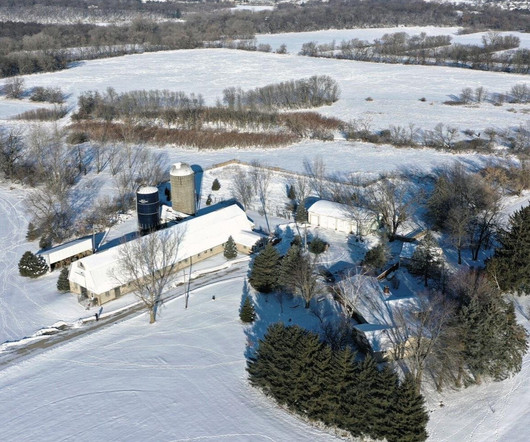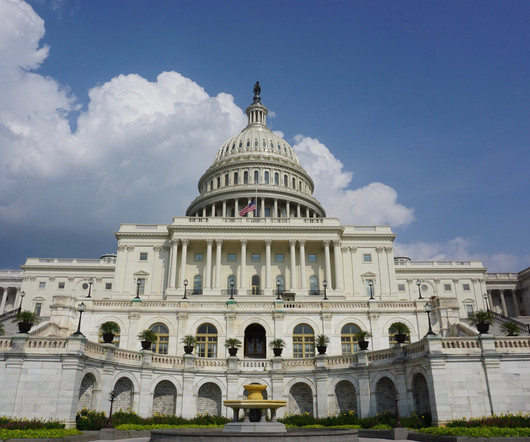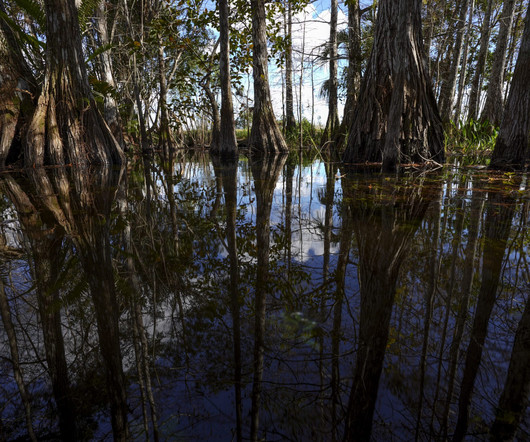We Need Regenerative Agriculture, But How Can Farmers Fund the Transition?
Modern Farmer
MAY 28, 2024
“Of 400 farms in our county, only five are organic,” says Matt Fitzgerald of Fitzgerald Organics in Hutchinson, Minnesota. His 2,500-acre family farm is patchwork across 40 miles of land the family owns and leases, and grows organic corn, soy, wheat and specialty crops such as beans and peas. Luckily, more avenues for funding exist.












Let's personalize your content